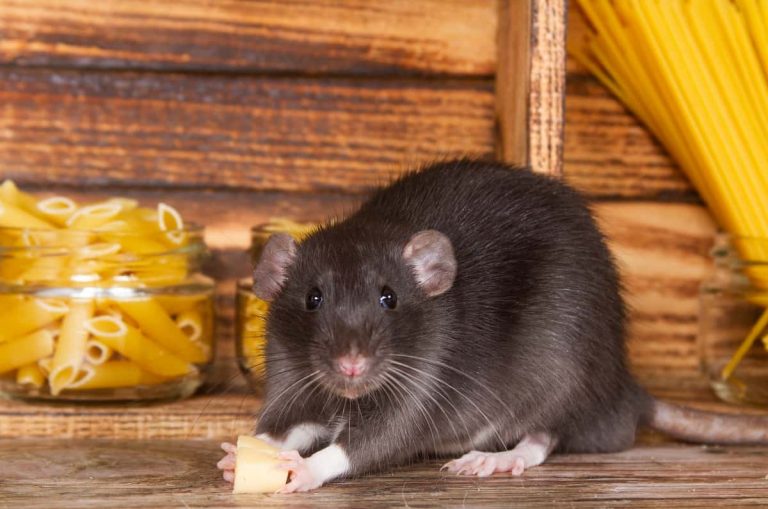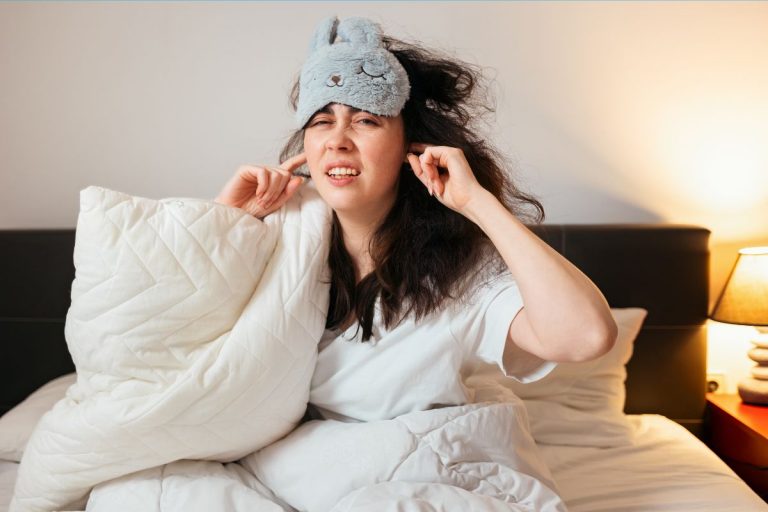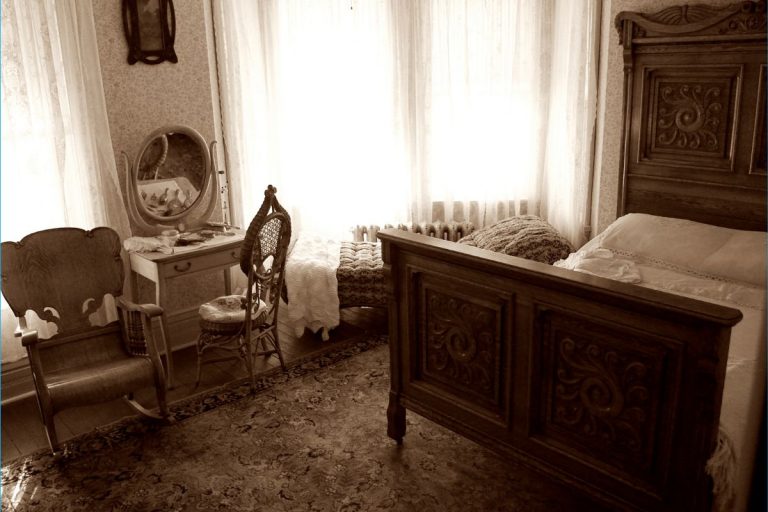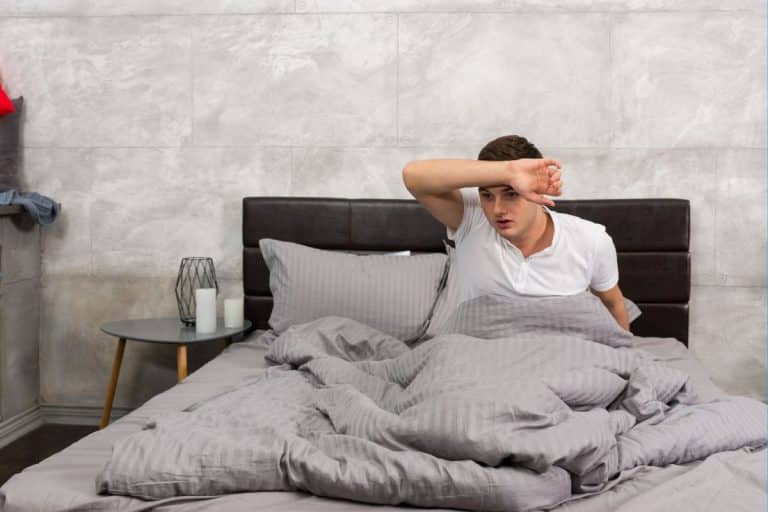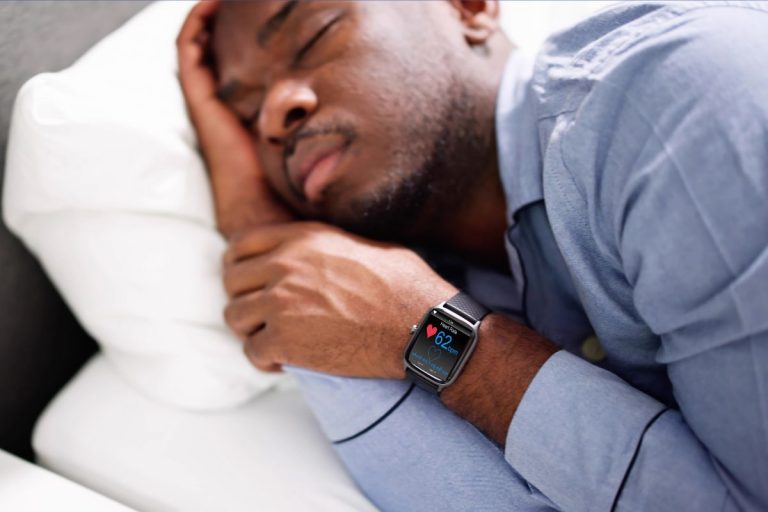Over the past few decades, dreadlocks have gone from being considered a countercultural style and associated with hippies, Rastafarians, and other idealist groups to become a relatively commonplace choice of hairdo amongst all peoples.
Wherever you look today, whether at a hip hop concert or a more formal office setting, you are sure to find someone rocking this hairstyle.
Do You Know:
Dreadlocks are anything but a fad. Far from it. Some earliest early depictions of the hairstyle include drawing and frescos dating back to over 3500 years ago. Dreads featured (often with some social connotation) in several different ancient civilizations, including those of Crete, ancient Egypt, and Greece.
Even today, you can find several cultural and religious groups that adopt this hairdo, including Hindu Sadhus, African Masai warriors, and some indigenous Australian tribes.
Dreadlocks have also become a standard option in western fashion, with massive popularity in the sports and entertainment industries.
However, irrespective of your background (or your dreadlocks type,) one thing all nappy-headed folks can agree on is that dreads will test your patience. The growing process with this hairstyle is one that takes time and commitment.
Still, the stress doesn’t end there. Maintaining your growing or fully grown dreads is a whole different story. Improper care for your dreadlocks can make your locs susceptible to damage (dryness, messiness, or rot) and cause discomfort (itchiness and foul smell.)
Common questions from unseasoned dread heads include:
How to save money on maintenance costs for dreads?
How to keep dreadlocks tidy and free of fuzz?
How to deal with buildup?
And even
How to sleep with dreadlocks?
The problem with sleeping when you have dreads is two-fold. On the one hand, without taking the proper precautions, you can damage your locs, cramping your style and potential multiplying maintenance costs.
On the other hand, dreadlocks (especially longer locs) may become a nuisance and disrupt your sleep if you don’t adhere to best practices.
How Do You Sleep with Dreadlocks: 6 Tips to Follow
1. Use Silk or Satin Bedding
All forms of long hair can potentially get damaged under the friction that results from brushing against harsh bedding fabrics. Besides the potential damage and frizzing of your hair, this friction can also create considerable static electricity, causing discomfort and disrupting sleep.
Dreadlocks are no exception.
Hence, one of the best things you can do for your locs — your peace of mind and sleep quality — is to switch out the harsher fabrics in your bedroom for more forgiving materials like satin or silk.
Silky fabrics eliminate the friction entirely, protecting your hair and creating a comfy, velvety smooth sleep surface that is sure to end your nighttime troubles.
Recommendation: When it comes to silk beddings, few brands can match the stellar reputation of Mulberry Parks. Their luxurious 900-thread count tight weave satin sheets and pillowcases represent some of the best options on the market, and reviewers agree.
2. Tie Them Back
Another helpful tip for keeping your dreads under control that you can incorporate into your bedtime routine is to tie them up in a ponytail or bun.
Putting your dreadlocks in a bunch is an excellent way to get them out of the way during sleep. Keeping your dreads in a bun also minimizes the risk of breaking, pulling, or flattening when you toss and turn.
Using a standard single ponytail or bun is excellent for stomach sleepers. Sleeping in this position keeps the bulk of your hair straight up in the air, away from any pressure that could harm them and secure enough to prevent their interference with your sleep.
However, if you sleep on your side or your back, you should consider opting for a bun or ponytail that skews to one side of your head, keeping it out of the part of your body that is your dominant sleeping side.
A less aggressive alternative to tying your locs up is to pull the dreadlocks into a loose ponytail and hold them in place with an elastic headband.
Recommendation: You can select any from an abundance of colorful dreadlock ties and headbands available on Etsy.
3. Use a Sleep Cap
A more practical alternative to tying their dreads up in a bun is to cover them up with a cap or sock. A sleep cap places far less strain on your hair than a dread tie, and for many, it will also be the preferred more comfy option.
Furthermore, using a dread cap or sock brings the added advantage of protecting your hair from picking up lint and debris from your sleeping surface.
A cap can also help your dreads in locking in moisture better and help prevent dryness and itchiness—two terrible problems for both your dreads and your sleep.
If you choose to incorporate a sleep cap into your nighttime routine, take special care to opt for materials that bring the right balance of elasticity and comfiness. While you do need a fabric with some rubberiness to help keep your dreads under control, you do not want one that wears on too tightly, as those can damage your locs.
Recommendation: The Fairy Black Mother Dreadlocks Locs Cap offers one of the most comfortable options you can choose for your dreads.
This dread sock features a blended fabric that includes polyester and spandex for adequate stretchiness while sporting a satin inside lining that adds a velvety smooth touch and enhanced breathability.
4. Just Get them Out of the Way
Sometimes, you don’t need any special tools or techniques to sleep with dreads; simply push them out of the way, clear of your head and body, and you’ll be okay. However, this tip will only work with people that have longer dreadlocks.
Tip: Adding dreadlock extensions to shorter, growing locs can make it easier for you to keep them out of the way during sleep.
If your locs fit the criteria, the possibilities are endless. Move your dreadlocks out of the way, trying different placement styles until you find one that is comfortable, and that works for you.
Some options include spreading them out like a fan above your head while you lay on the pillow or letting the hair hang off your bed’s edge. Alternatively, you can move the locs to your body’s front or side if you sleep in the supine position or onto your back if you sleep face downwards to avoid trapping them under your frame.
5. Ditch the Pillow
For people with extra long (or thick) dreads, sleeping with the added loft of both your dreads and your standard pillow may be the source of your discomfort. Consider opting instead for a thinner cushion or forgo one altogether while pushing your hair out of the way per the previous tip.
Important: Evaluate if the problem may be that your pillow is subpar and hence not comfy enough for any form of sleep, dreadlocks, or not. If you suspect this issue, opt for a reliable pick like the Tempurpedic pillow instead.
6. Consider Going Dreadhawk
A more drastic — but often highly efficient — solution to your “sleeping with dreadlocks” worries is to consider chopping off your side dreadlocks to create a dreadhawks.
Dreadhawks can be the perfect solution for side sleepers, as this iteration of the dreadlocks hairstyle frees up the sides of your head, allowing you to rest more easily.
Furthermore, switching to a dreadhawk can bring other random benefits like a reduction in dreadlock-drying time due to improved airflow and improved comfort both during the day and sleep from having a lighter load on your head.
With fewer dreads to deal with, the chances are that you will also have lower maintenance costs.
However, one potential downside to sporting a dreadhawk is that loose hairs become more prominent when you wear your hair this way.
Hair Care Guidelines for Sleeping with Dreadlocks
Dreadlocks are a hairstyle that demands more commitment and care than most. This fact is especially apparent during sleep. Going to bed with dreadlocks without taking the proper protective measures can leave your locs susceptible to different types of damage, including fritz, dryness, breakage, and itchiness.
Here are some recommendations for protecting your dreads and keeping the locs healthy every time you hit the sack:
- Massage your scalp: daily scalp massages (with essential oils like coconut oil) right before sleep can increase blood circulation, improve moisture retention, and foster hair growth. Massaging your scalp helps to evenly distribute sebum—the body’s natural lubricant, that helps protect and lubricate your skin and hair.
- Use Leave-in conditioners with mature dreads: scalp massages do not help as much with older dreadlocks as they do with recently locked hair. Applying a leave-in conditioner to mature dreads can help keep them from drying out.
- Clean your sleep space: one easy way to protect your dreadlocks from lint is to make sure there are no dirt particles around during sleep. Consider opting for bedding that does not pill or shed, and keep them clean by running a lint roller every night.
- Prime your dreads when you wake: on rising, check your dreadlocks for any issues. Run your fingers through your locs to get them straightened out and remove debris and consider palm rolling them to improve their looks. Deal with loose hair with a loose hair tool.
Read More:
